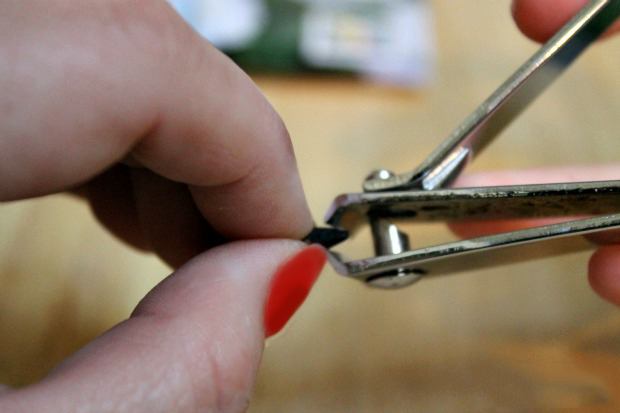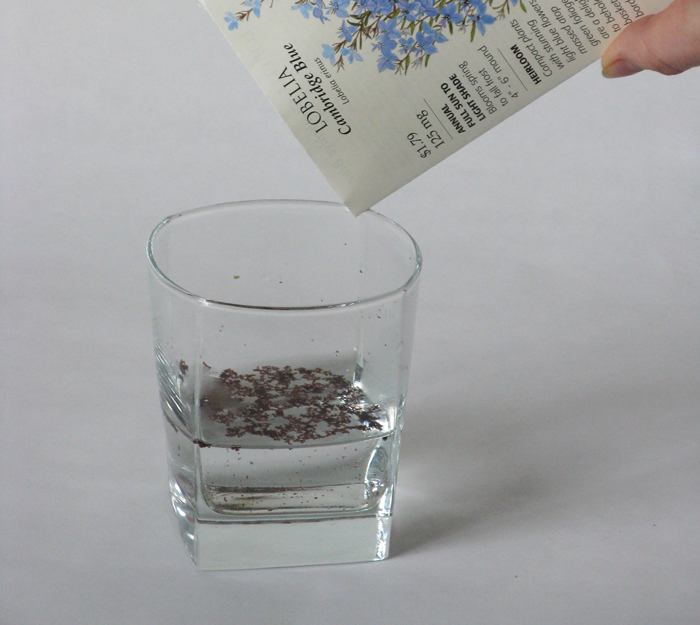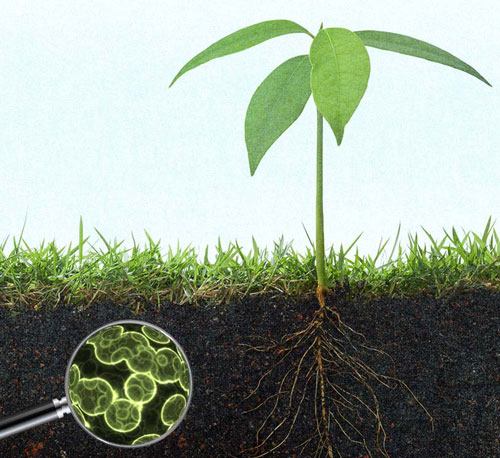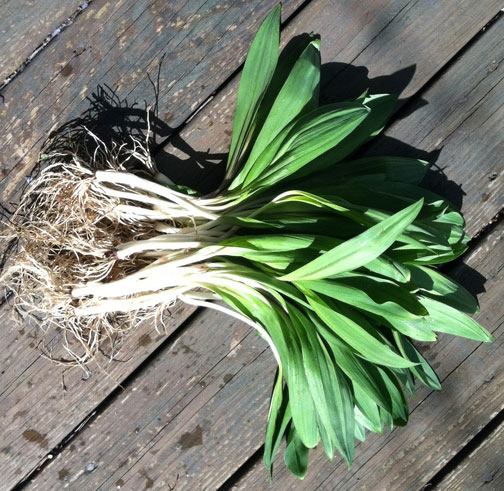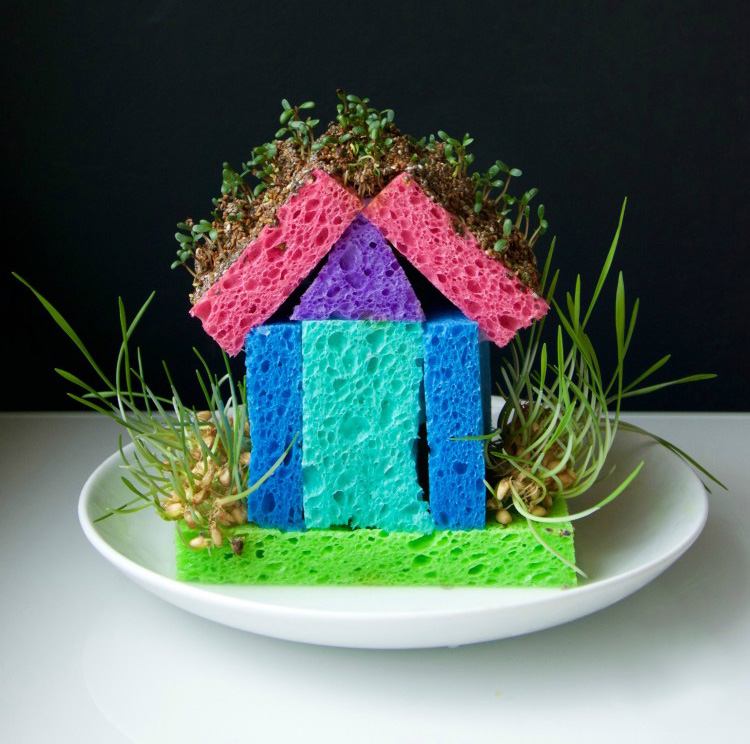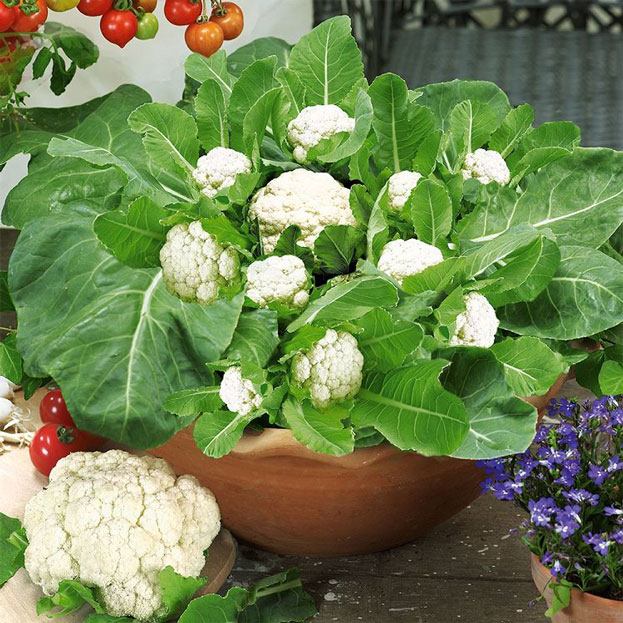Most likely, I am already late with my recommendations for this season, but if someone needs to stimulate seed germination, this material is just in time.
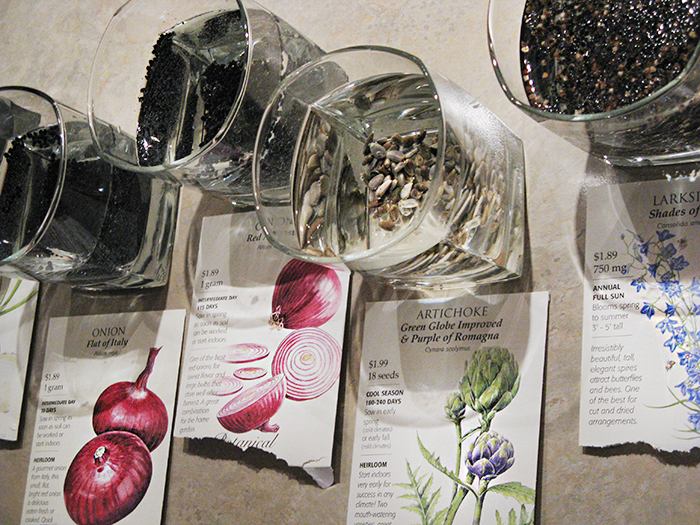
Seeds will sprout much faster if soaked. This is especially relevant for plants that take a long time to germinate—such as parsley, carrots, and many garden flowers. If the seeds have been stored for more than a year, their germination speed may significantly decrease. There is a possibility (slightly pseudoscientific) that sowing during a waning moon can also delay germination, so soaking is the way to go!
Why Soak Seeds Before Planting
Seeds have evolved for hundreds of millions of years to survive in extreme conditions—under scorching sun, in severe frost, and even in the stomachs of animals and birds. But when placed in our cozy, warm pots, a seed is not always ready to germinate immediately (for example, lavender, which requires stratification).
In addition, plants have a range of internal “sensors” that detect environmental conditions. One of these sensors is moisture. By soaking the seeds, we signal that favorable conditions for germination have arrived.
Another interesting detail that I recently read about but do not have research references for (I took the author’s word for it) is that seeds contain germination inhibitors that prevent the fruit from developing in the seed coat until favorable conditions are met. These inhibitors are washed out of the seed some time after the thaw, and we can assist nature through soaking.
Overall, soaking seeds is not a necessity, but it makes it much easier to control soil moisture, knowing that the germination process has started. Sometimes you wait 3-4 weeks for the first sprouts to emerge, and during this time, your soil can become infested with fungi, or conversely, a lack of moisture can kill the sprouted seedlings before they even break through the soil surface.
How to Soak Seeds
You only need hot water and seeds—nothing else. Well, in special cases the water may be acidified to simulate the stomach acid of animal carriers for rare plant species. For garden plants, the use of manganese treatment is still relevant, but many recommend performing this procedure after soaking (20-30 minutes in a cherry-colored solution).
Fill a container with hot water (about 50 degrees Celsius; some seeds can even withstand boiling water, but it is best not to risk temperatures over 70 degrees). Place seeds of one type in the container and “marinate” them for no more than 24 hours (ideally, for most small seeds, no more than 12 hours).
Large seeds with particularly hard shells can undergo scarification. Scarification refers to damaging the seed coat in some way without harming the embryo. You can go over the shell with a manicure file, gently “crack” it with pliers, or bite off the tip with cutters. I don’t practice this; I haven’t found it necessary so far.
Very small seeds, like those of thyme, can also be soaked, and then:
- scooped out with a spoon, or
- passed through a paper filter, or
- poured into the pot with the water they were soaked in.
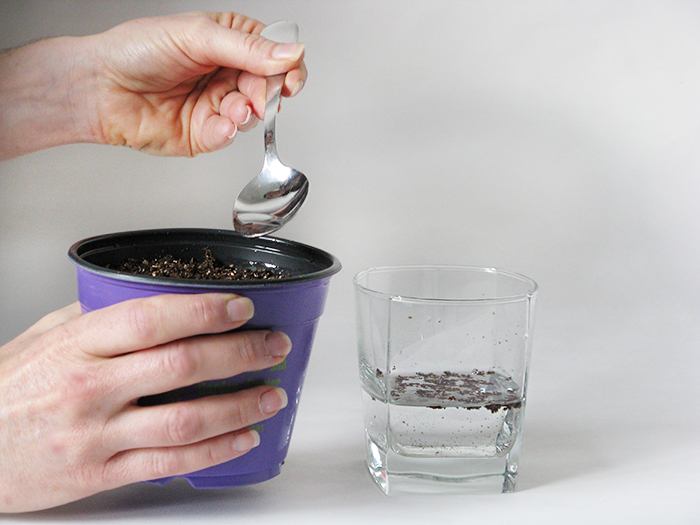
And all of them are sown together. The germination rate is excellent, as you can see in the lobelia seeds in the photo.
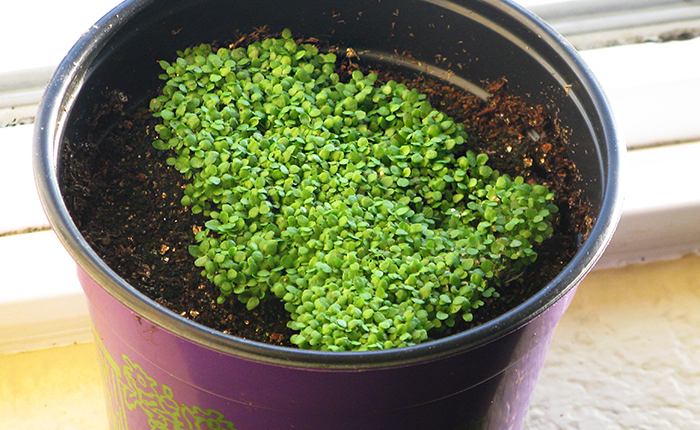
Is it worth soaking seeds in immunomodulators? That’s a debatable question. I’m currently gathering material on this topic, but mostly I come across just advertisements.
